Ah, Christmas. The blinking lights, the cookies, the smell of ozone, the presents... Wonderful.
The tree is made of three spirals of copper wire. It is decorated by SMD LEDs: red, green, and yellow, 10 of each; and colorful wires. The three group of LEDs are controlled by the Arduino.
Since americans like to put stars on top of their trees, I thought I would do the same. But instead of using chinese made 5 spikes of plastic coated with glitter, I opted for something more realistic. So I got a lightbulb, coiled some wire on it, and gave it a (relatively) high voltage, thus creating a 'plasma tube'. After all, stars are just big balls of plasma (except for, you know, the fusion thing, but whatever).
For now, the light do nothing special, just blink. But since it's based on Arduino, it'd be a easy to use PWM for dimming, or to setup a serial connection to remotely control them. Even over the internet, since IoT Christmas trees are a thing now, apparently. Well, maybe next year.
 Szabolcs Lőrincz
Szabolcs Lőrincz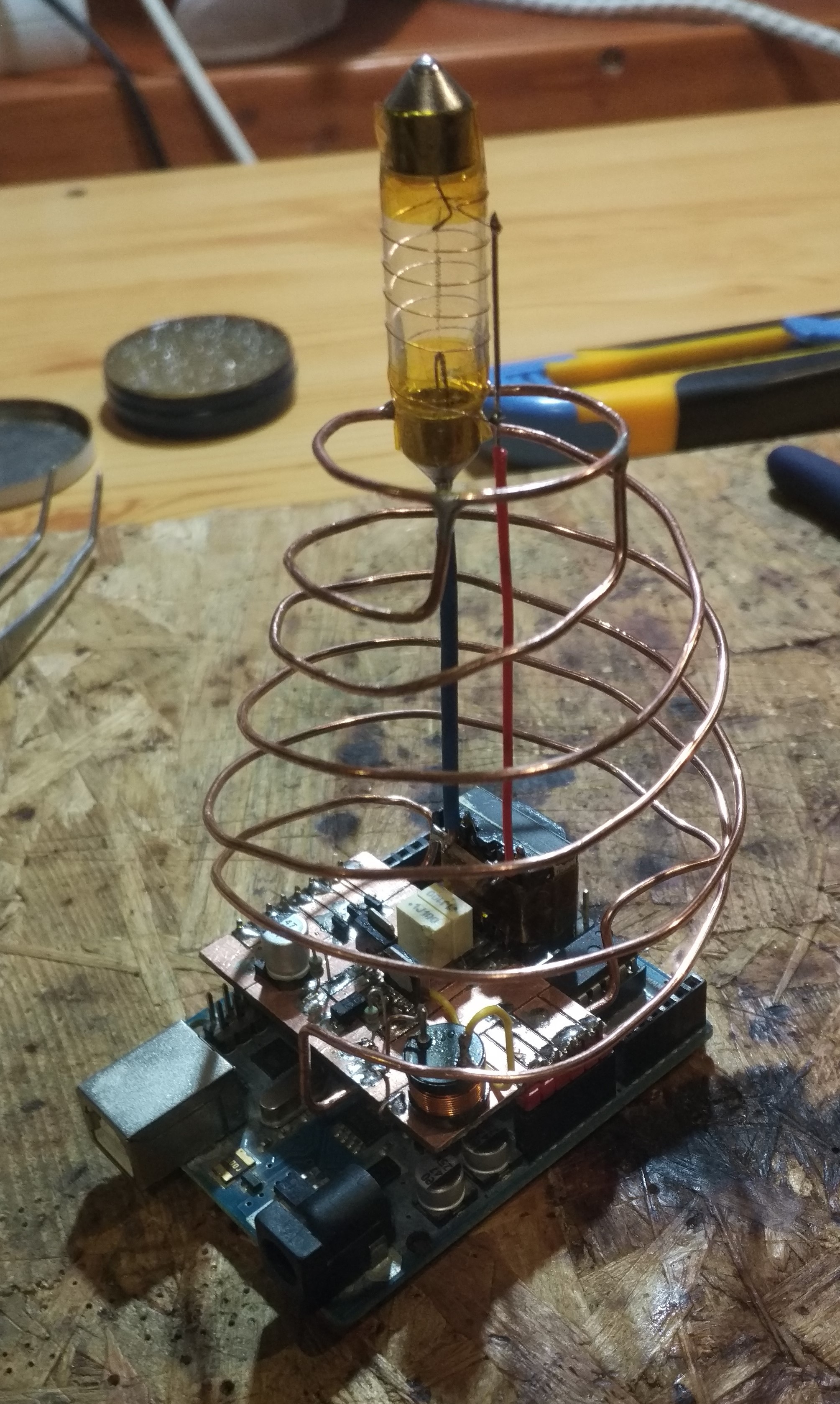
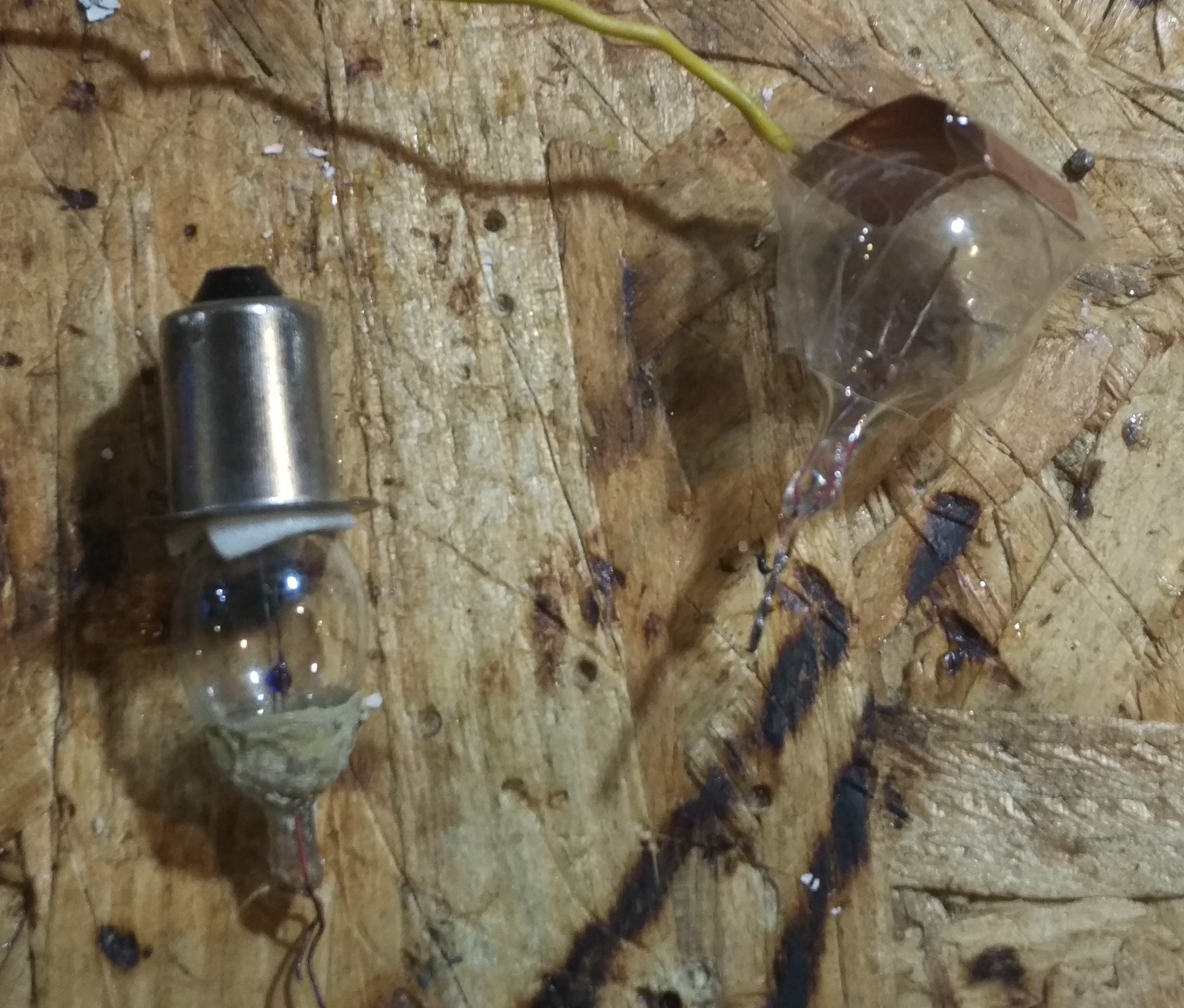
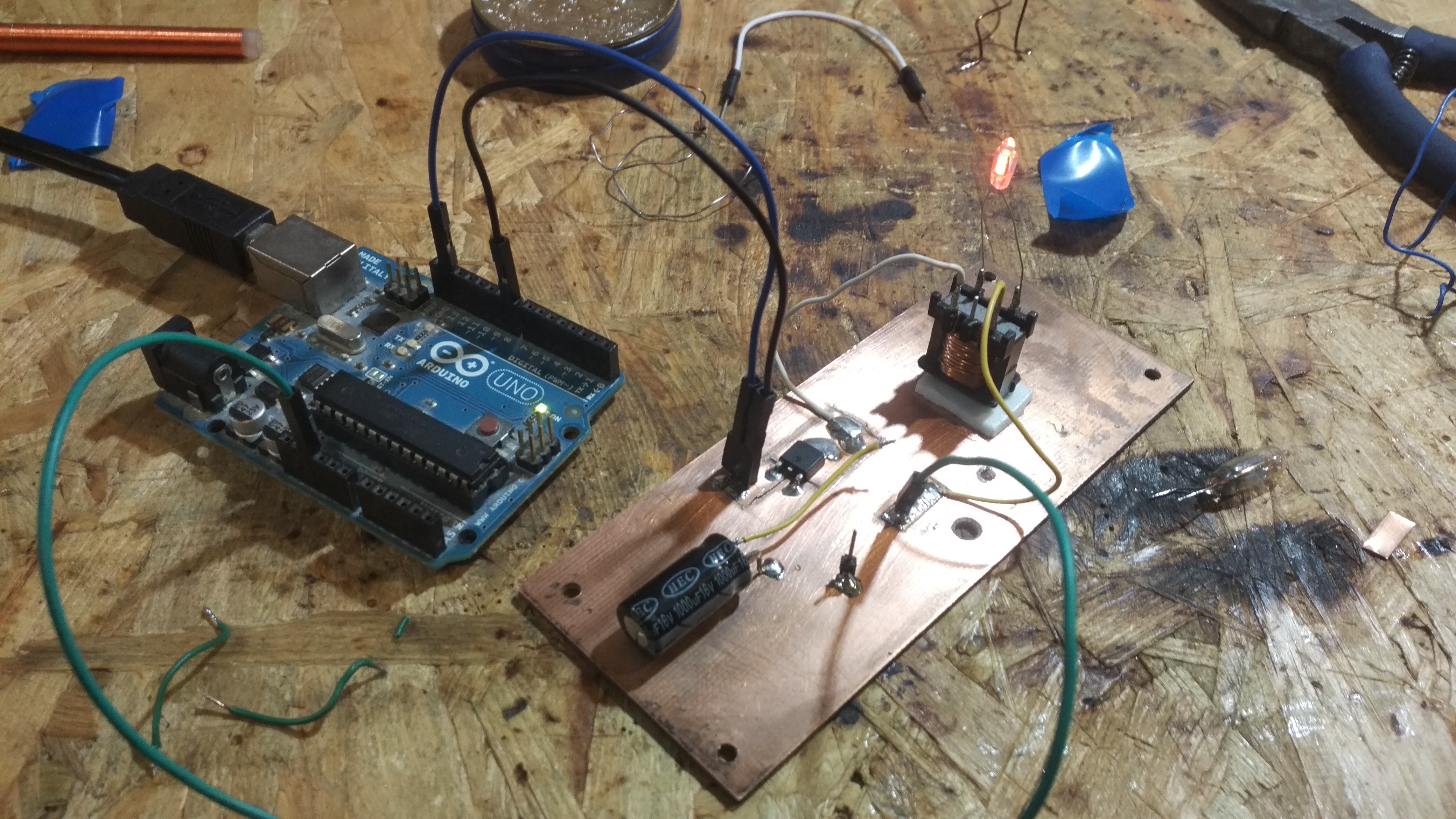
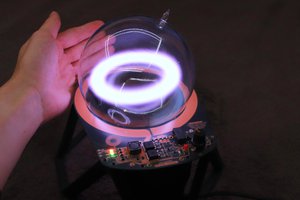
 sky-guided
sky-guided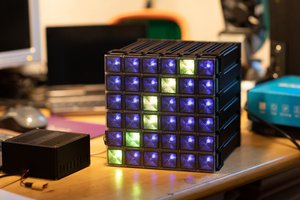
 Muth
Muth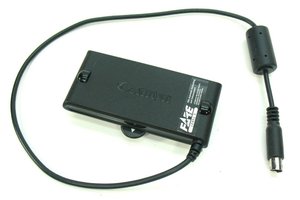
 Rebelj12a
Rebelj12a
 artbyphysicistkitty
artbyphysicistkitty